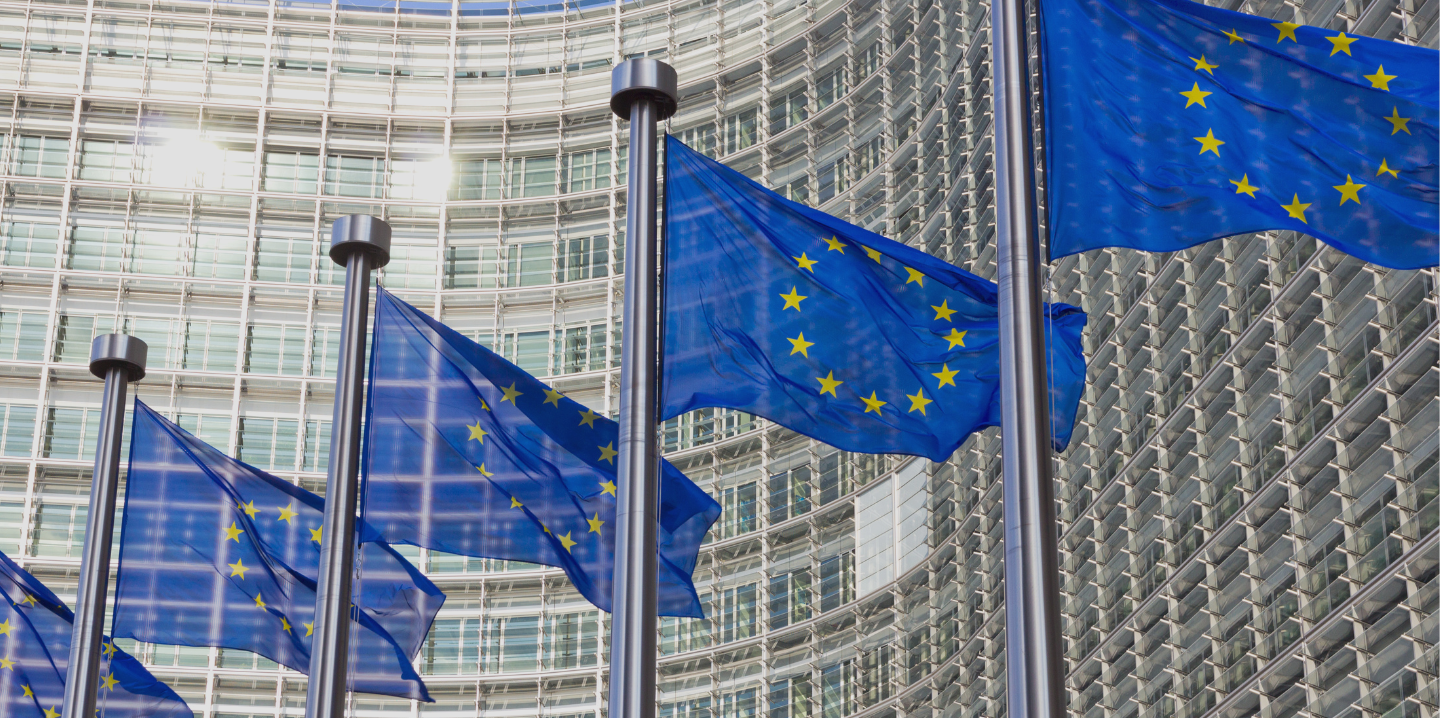On May 14, 2025, the European Union officially introduced a new technical framework for the apparel and footwear sectors, aiming to provide a consistent and transparent method for evaluating the environmental impact of products throughout their entire life cycle.
The initiative is the result of five years of collaboration between institutions, companies, NGOs, and technical experts.
A scientific approach
The new system is based on the Life Cycle Assessment (LCA) methodology, which allows companies to assess every stage of a product’s life — from raw material sourcing and production to logistics, use, and end-of-life.
One of its most important features is the method’s material neutrality: it does not favor any specific fiber or technology, allowing for fair comparisons between different production solutions.
The goal is twofold: to help identify environmental hotspots and to support credible, verifiable claims across the value chain and to the market.
What’s new
The updated rules apply to 13 product categories, including t-shirts, dresses, boots, underwear, and swimwear. Key innovations include:
New requirements for durability, repairability, and recycled content, supporting circular design
An updated calculation formula for end-of-life impacts and recycled materials
A module to assess fiber fragment release (e.g., microplastics) during product use and washing
A greater emphasis on primary, product-specific data, including detailed bills of materials and transport methods
Clear criteria for using estimated or proxy data, allowed only under specific conditions
New restrictions on product comparisons to avoid misleading environmental claims
Why it matters
These rules offer companies an opportunity to:
Align with upcoming EU legislation, such as the Green Claims Directive and the Ecodesign for Sustainable Products Regulation
Improve the credibility and transparency of environmental claims
Identify and reduce environmental impacts through better design, materials, and processes
Increase traceability and foster transparency across the supply chain
A system designed to evolve
This framework is not static. It will continue to evolve to include more advanced environmental indicators such as:
Biodiversity impact
Microplastic release
Environmental and human toxicity

Contact us: we’re here to provide technical guidance, regulatory insight, and tailored support to help you implement the new requirements effectively.

